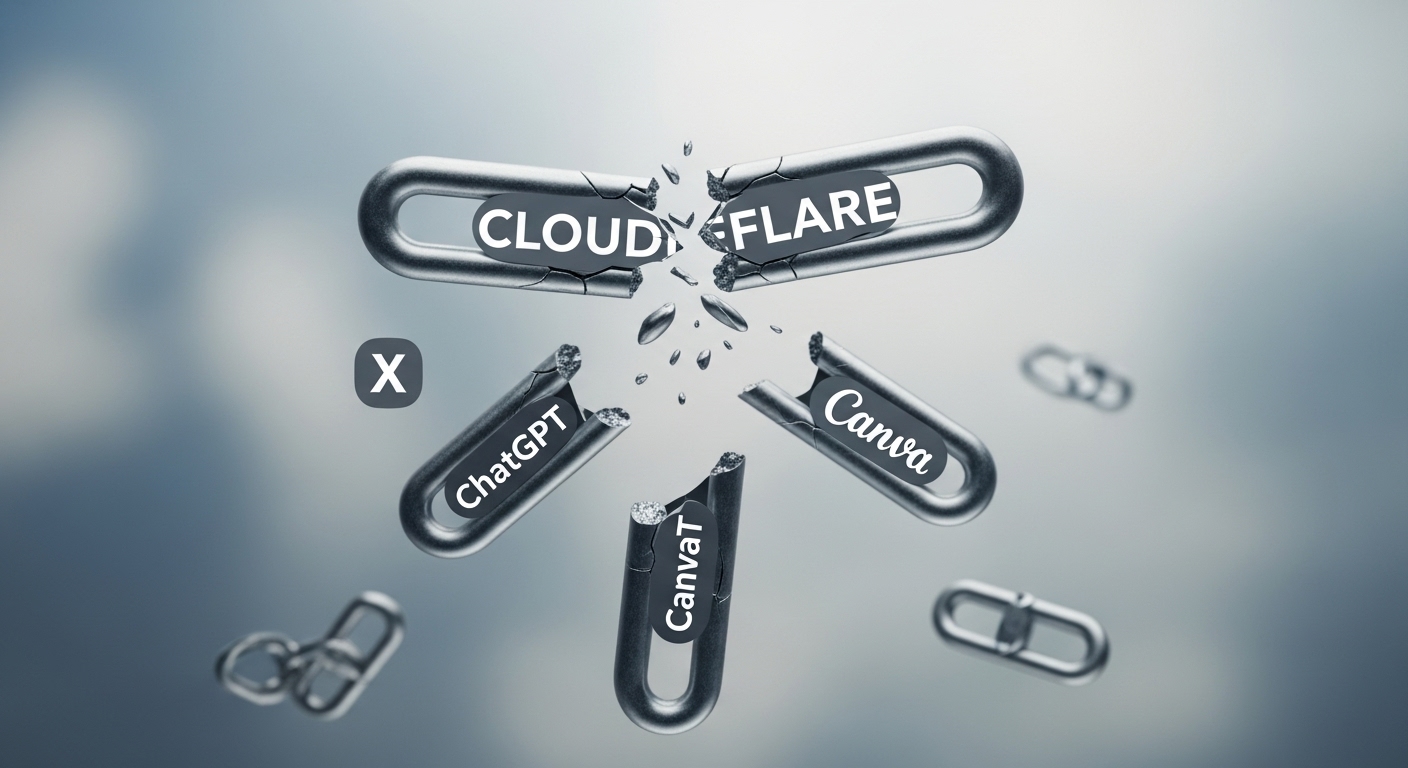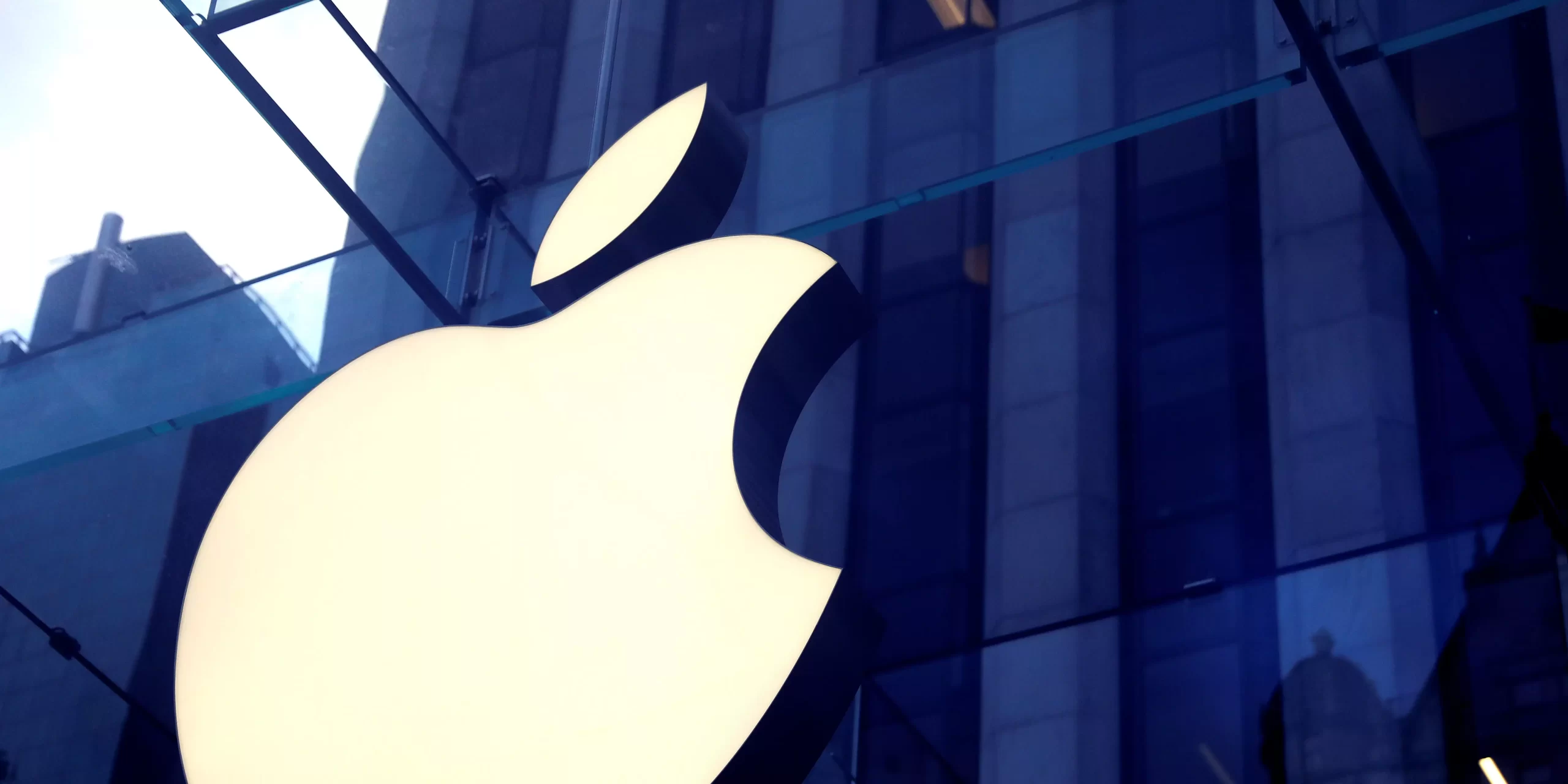For a brief moment, the modern internet stopped functioning. Platforms that millions use daily, including X, ChatGPT, and Canva, began to fail, freeze, or disappear altogether. The disruption did not come from a cyberattack or a global hardware breakdown. It came from one source: Cloudflare.
The infrastructure giant, which powers a huge portion of global traffic, DNS systems, and cybersecurity operations, suffered a system failure triggered by an unusual spike in traffic. The surge clogged Cloudflare’s internal pipelines and caused a rapid, widespread outage. The incident exposed how deeply the global internet relies on this single company.
A Quiet Problem with Loud Consequences
On paper, the outage looked small. In reality, it exposed a problem IT experts have warned about for years. The internet has become dangerously concentrated. A handful of companies now carry most of the world’s digital traffic. When one fails, the impact spreads instantly.
This month alone saw disruptions at AWS, Microsoft Azure, and now Cloudflare. These platforms are the industrial power grids of the internet. When they go dark, homes, businesses, financial systems, creative tools, AI platforms, and communication networks shut down with them.
A Strategic Wake-Up Call for Tech Leaders
The outage delivered a direct message: billion-dollar platforms remain only as strong as the vendors they rely on.
This incident forces leaders to confront tough questions. Should major organisations diversify their infrastructure partners instead of depending on one provider? Can failover systems truly protect companies if the backup relies on the same core backbone? And how will providers scale their infrastructure as AI workloads, video traffic, and user demand continue to grow?
If outages continue, user trust will erode. Brands will lose reliability, and the global digital economy will feel the strain.
A Shift Waiting to Happen
Despite the chaos, the moment presents an opportunity. Analysts have predicted a second wave of infrastructure innovators for years. They expect more CDNs, distributed data architectures, and new competitors willing to challenge the dominance of a few large providers. Incidents like this accelerate the conversation.
For startups and enterprise builders, the message is clear. The next major gold rush may not be in apps or consumer platforms. It may be in the infrastructure layer that keeps the entire internet alive.
The Bigger Picture
No company deserves blame for experiencing technical issues. Every system fails at some point. The real concern lies in the structure of the modern internet. For all its innovation and speed, the digital world remains highly concentrated.
One company stumbles, and millions of users stare at blank screens.
Cloudflare deployed a fix and gradually restored services. The outage ended, but a larger question remains.
If one vendor can disrupt key parts of the global digital ecosystem, how resilient is the system we depend on?
In an era defined by distributed content, perhaps the world needs distributed infrastructure as well.
ALSO WATCH MARKETING EDGE ONTV







Comment
No comments found.